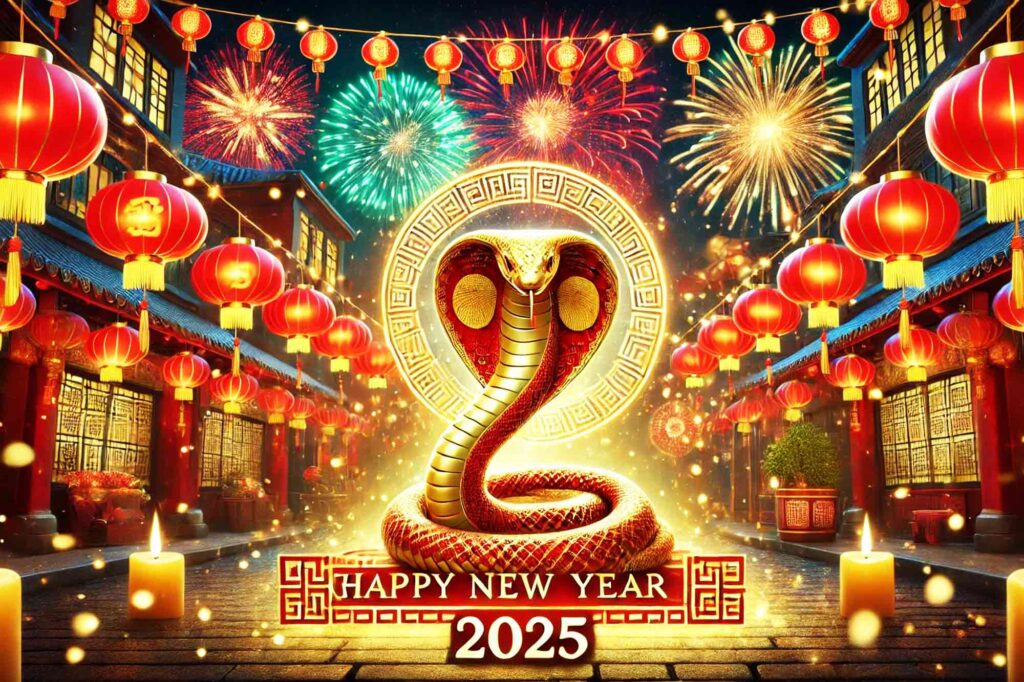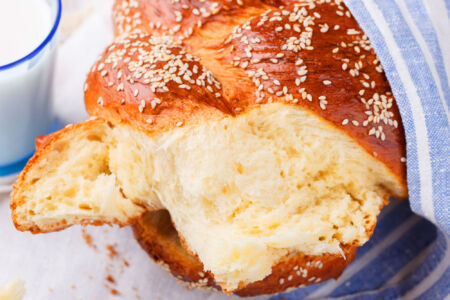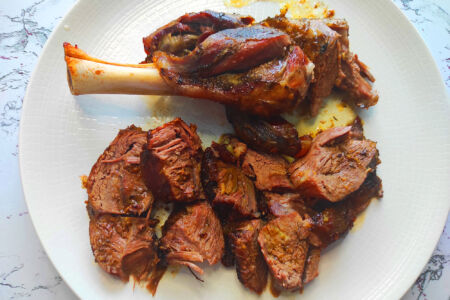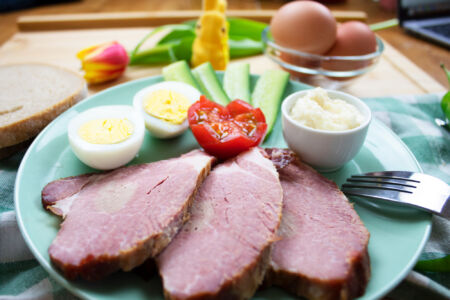How do you celebrate Chinese New Year 2025?
Although I was born in Transylvania and my traditional celebrations and foods are deeply rooted in my heart. I have always been open to other cultures—especially when it comes to food.
For me, Asian cuisine is an endless journey of discovery; once you take a bite, there’s no turning back. I simply love it!
Korean flavors were my gateway into this world. The moment I first tasted the spicy, fermented magic of kimchi, the colorful mix of bibimbap, and the deep umami of ramen, I knew there was no stopping. Japanese, Vietnamese, Thai, and of course, Chinese cuisine soon became part of my daily life.
While I don’t cook Asian dishes every day, my pantry is always stocked with a few essential ingredients that allow me to recreate these flavors whenever I crave them.
One occasion when my kitchen is sure to be filled with Asian ingredients is Chinese New Year. Even if I don’t exclusively prepare Chinese dishes, I always make something inspired by Asian cuisine—whatever I’m craving the most at that moment.
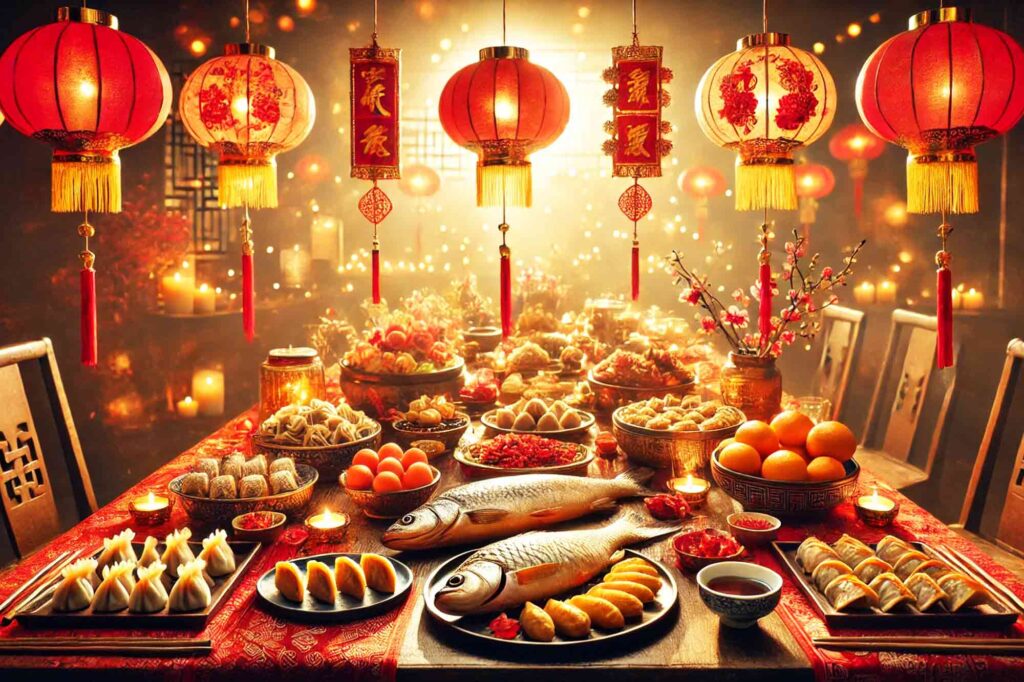
What is Chinese New Year?
Chinese New Year, also known as the Spring Festival, is the biggest and most important holiday in China, celebrated not only there but by millions worldwide. Following the lunar calendar, it falls on different dates each year, typically between late January and mid-February.
This period is about closure and new beginnings: people let go of past hardships and embrace the new year with fresh hopes and energy.
According to the Chinese zodiac, each year is associated with a specific animal sign. 2025 is the Year of the Snake, symbolizing wisdom, renewal, and growth.
The Wood element further enhances adaptability and creativity.
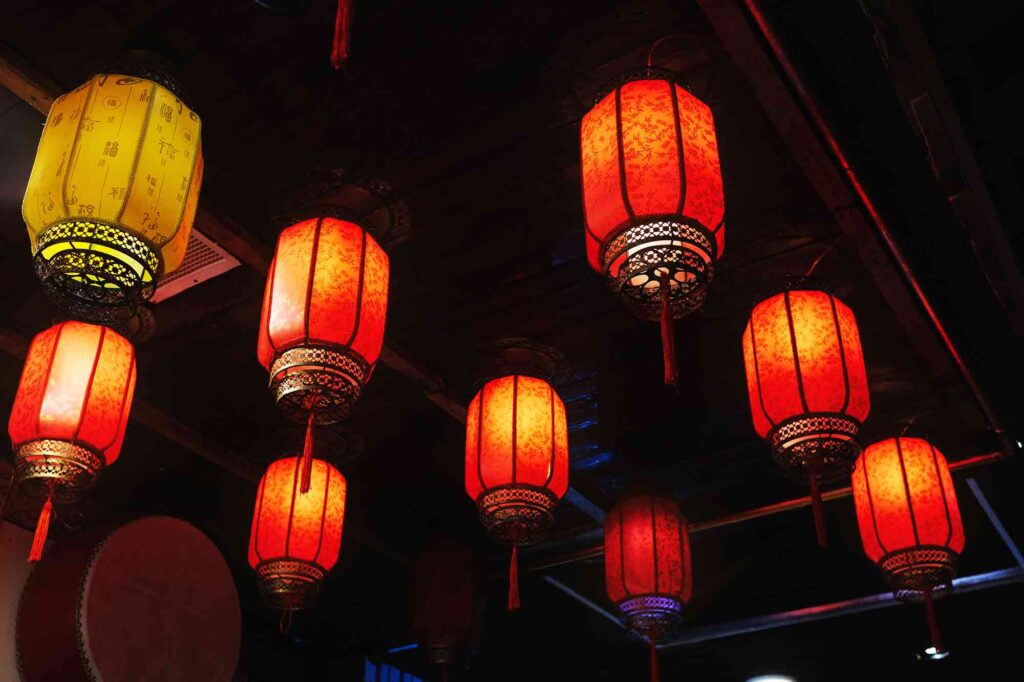
How is it celebrated around the world?
Chinese New Year is all about family. One of the most important traditions is that people travel home to celebrate with their loved ones. This creates what is known as the largest human migration in the world, as millions embark on journeys to reunite with family.
Decorations play a key role in the festivities: red and gold are dominant colors, symbolizing luck and prosperity. Red banners with good luck inscriptions (chunlian) are placed on doors, and children receive red envelopes (hongbao) filled with money as a gift.
Fireworks and firecrackers – Traditionally, these are used to drive away evil spirits.
Red envelopes – A symbolic gift of money, given with well wishes.
Lantern Festival – The celebrations conclude with the breathtaking release of lanterns into the sky.
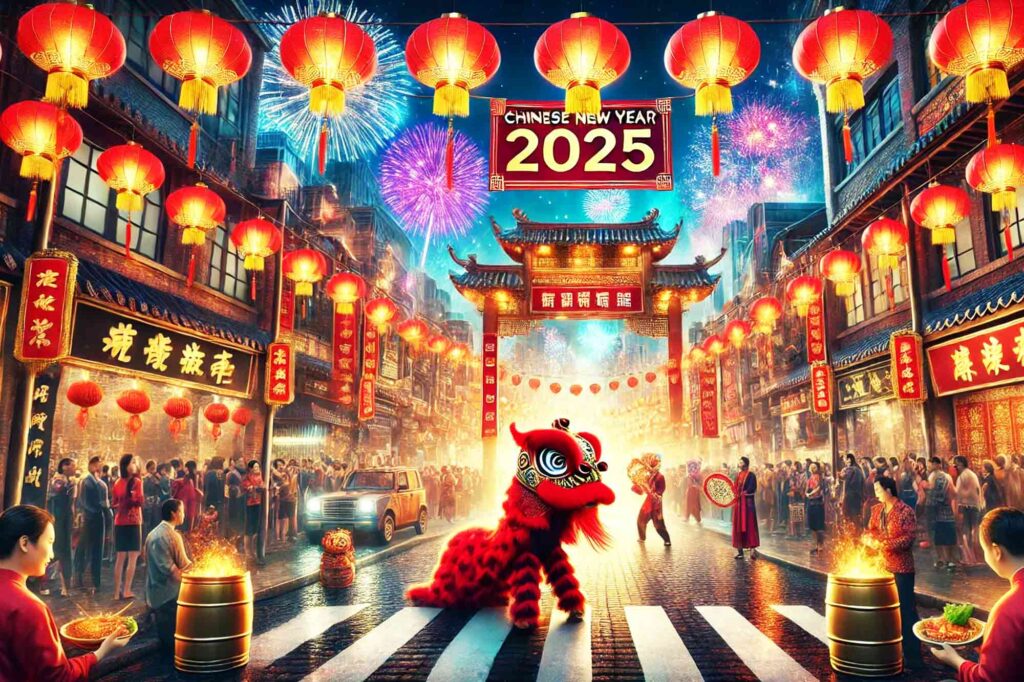
The Chinese New Year Feast – What’s on the table?
Every dish served during the celebration has a symbolic meaning—not just because of its taste, but also because it represents luck, longevity, or prosperity.
Longevity Noodles – The longer the noodles, the longer and happier your life.
Jiaozi (Chinese Dumplings) – A symbol of wealth, as their shape resembles ancient Chinese gold ingots.
Whole Fish (Yú) – Represents abundance and is always served whole to signify family unity.
Mandarins and Oranges – Symbols of luck and wealth, always present on the table.
Spring Rolls – Represent the arrival of spring and bring good fortune.
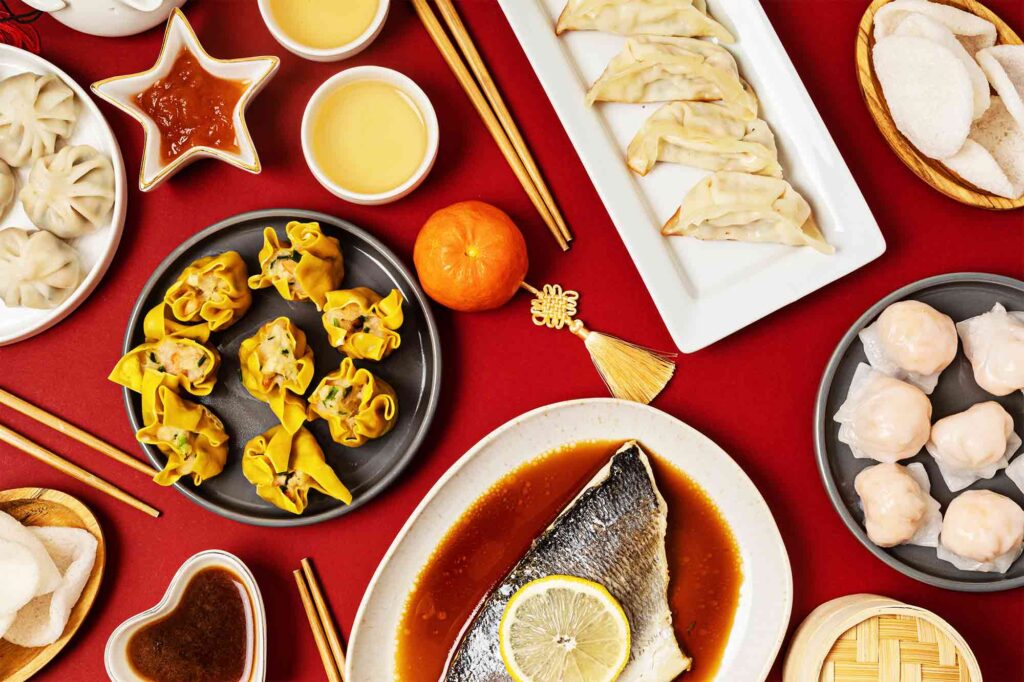
How I Celebrate?
Although I don’t have Chinese roots, Chinese New Year is always a great excuse for me to immerse myself in Asian cuisine. I love visiting local Asian markets, wandering through the aisles for hours, and picking up exciting ingredients.
There’s something magical about the bold flavors, the traditions, and the stories behind these dishes.
At my Chinese New Year dinner, there’s always a noodle dish (whether it’s ramen, pad thai, or longevity noodles), some kind of dumpling (gyoza or jiaozi), and of course, crispy spring rolls. Because if we’re celebrating, we’re doing it with a big plate of delicious food!
How would you celebrate Chinese New Year? If you could choose one Asian dish to try or cook for the occasion, what would it be? Let me know in the comments—I’d love to hear your favorites!

